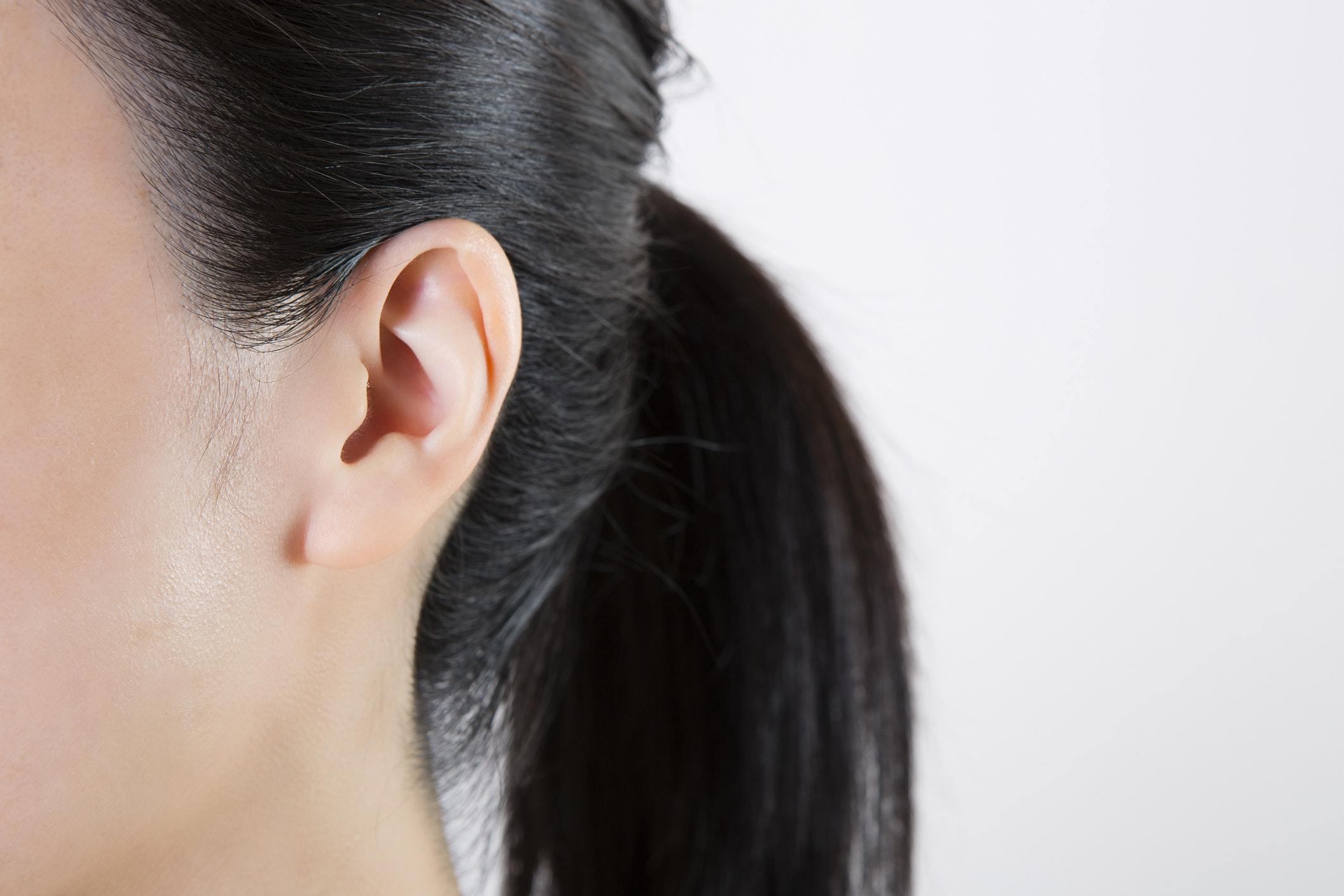
Tinnitus – a condition which triggers chronic ringing in sufferers’ ears – could be preventing hearers from fully resting, breakthrough research shows.
Little is known about the chronic condition, which causes a nuisance for sufferers with a constant ringing or buzzing sound and no cure.
But now, scientists at the University of Illinois have discovered that the “invisible” condition is located in the precuneus part of the brain.

The precuneus is connected to the dorsal attention network – an area responsive to attention demanding tasks, and the default mode network, the area which is activated during less mentally strenuous activity.
“When the default mode network is on, the dorsal attention network is off, and vice versa. We found that the precuneus in tinnitus patients seems to be playing a role in that relationship,” said Sara Schmidt, a graduate student in the university’s neuroscience program.
For those suffering from chronic tinnitus, the precuneus is more closely connected to the dorsal attention network, than the default-mode network, MRI scans showed.
The research suggests that tinnitus sufferers are “not truly at rest, even when resting”, said Fatima Husain, lead researcher and on the study and a professor at the university.
She added: “This could explain why many report being tired more often. Additionally, their attention may be engaged more with their tinnitus than necessary, and that may lessen their attention to other things.
“If you have bothersome tinnitus, this may be why you have concentration issues.”

There was no difference in precuneus connectivity in the brains of those with recent-onset tinnitus, a result which has prompted the scientists to investigate changes in the precuneus over a long-term period.
“We don’t know what’s going to happen to the recent-onset patients later, so the next step is to do a longitudinal study to follow people after developing tinnitus and see if we can spot when these types of changes with the precuneus start to happen,” Schmidt said.
Previous research on tinnitus has been limited, as researchers have struggled to pinpoint consistent elements of the condition between sufferers.
Husain said: “We have been so swamped by variability that finding anything that is consistent, that gives us one objective metric for tinnitus, is very exciting.
“For patients, this is validating. Here is something related to tinnitus which is objective and invariant,” she added.

Enjoy the convenience of having The Sunday Post delivered as a digital ePaper straight to your smartphone, tablet or computer.
Subscribe for only £5.49 a month and enjoy all the benefits of the printed paper as a digital replica.
Subscribe